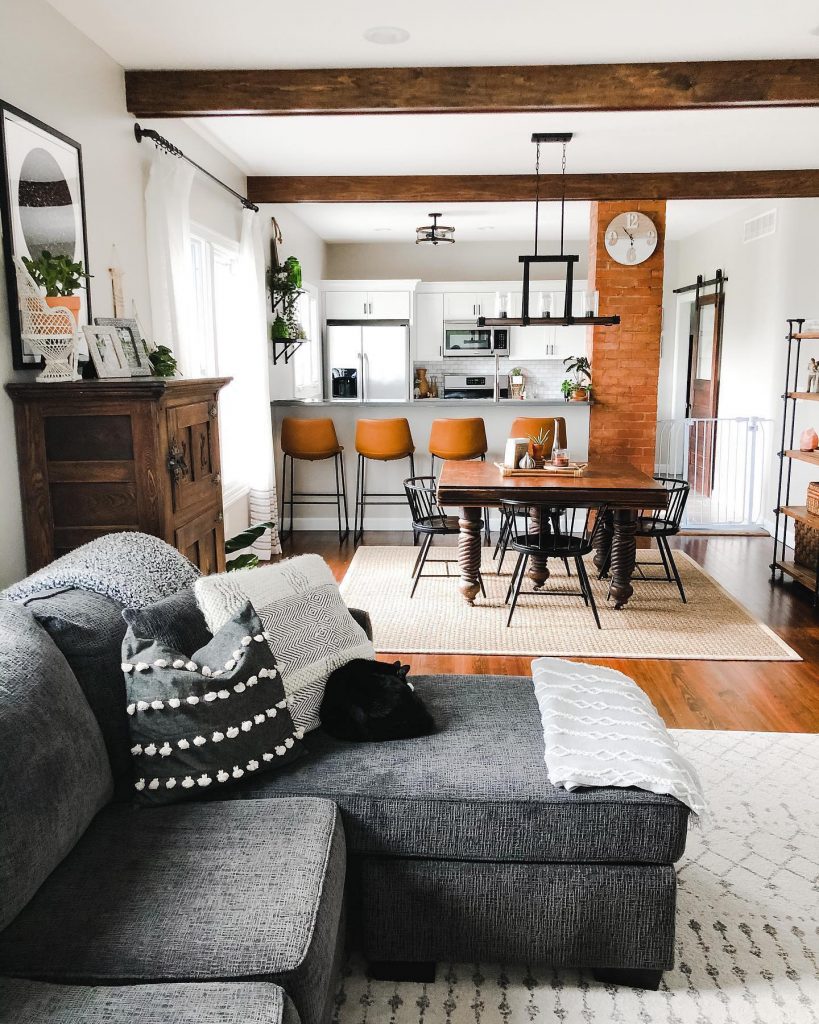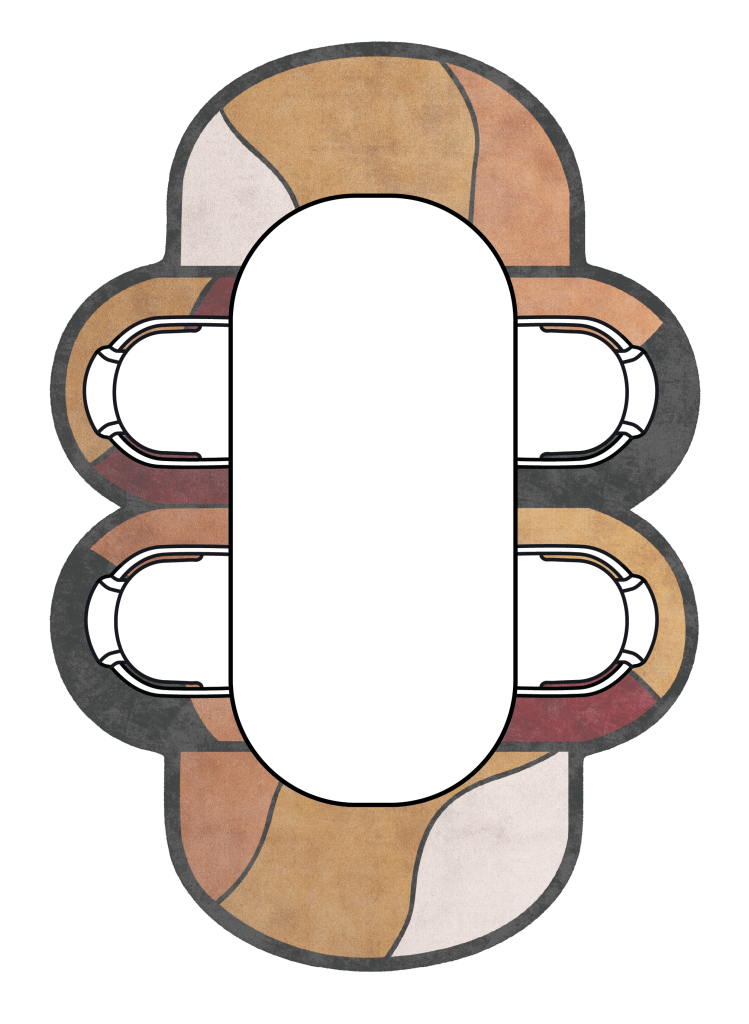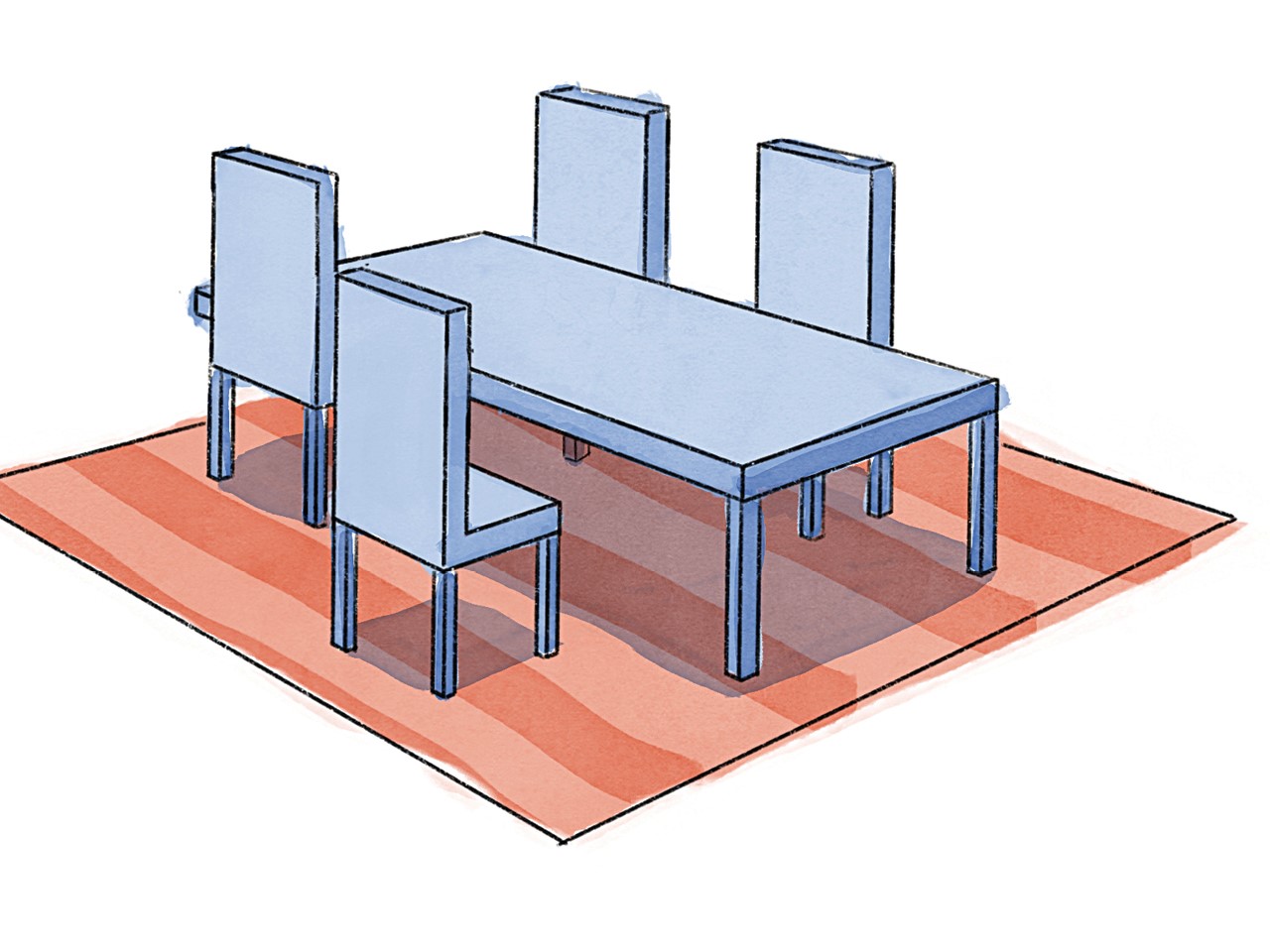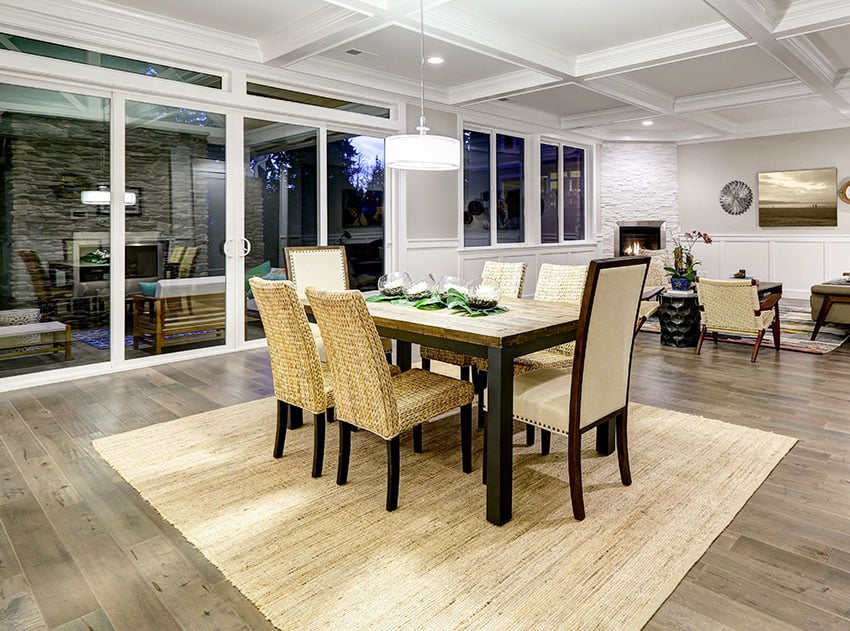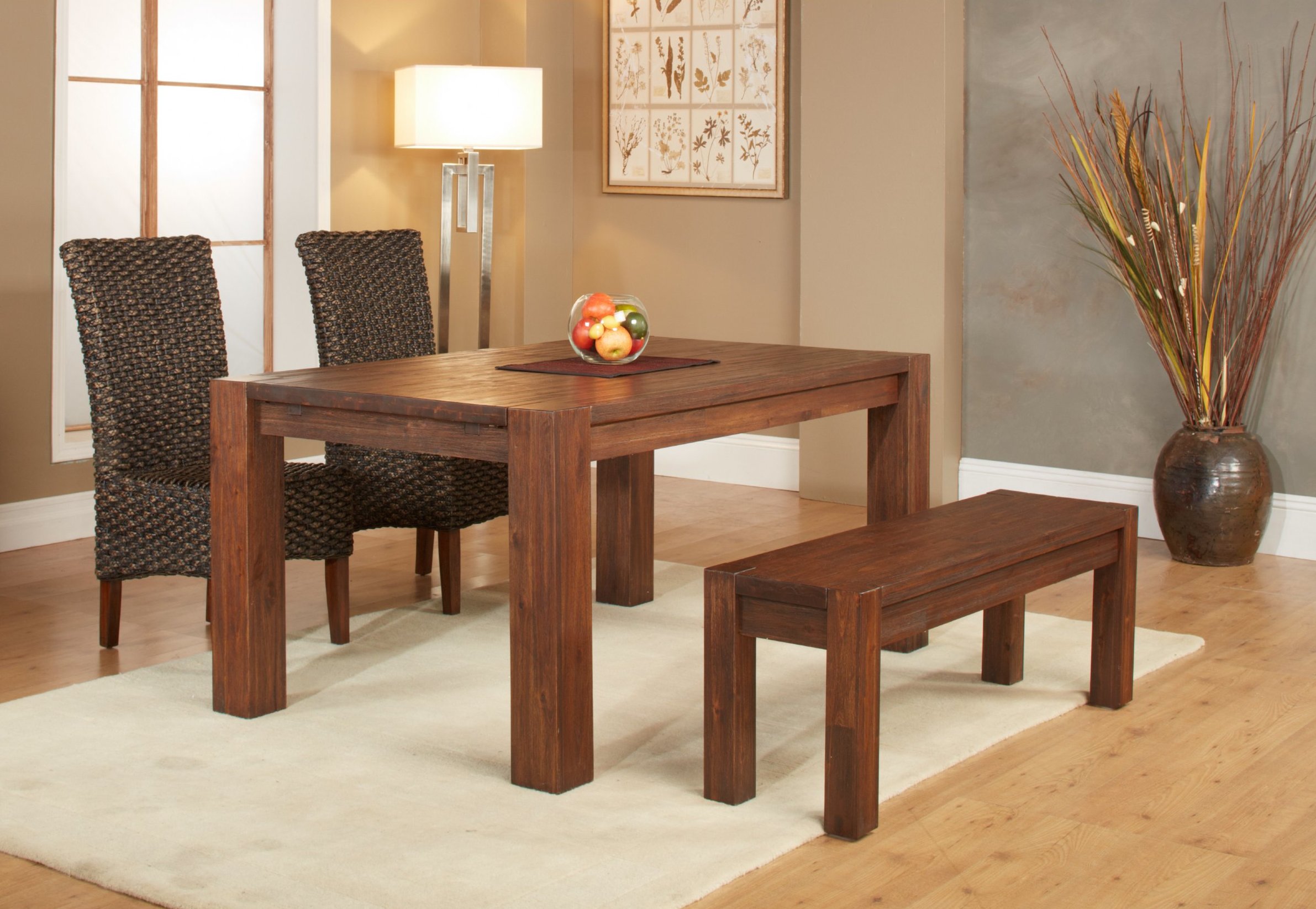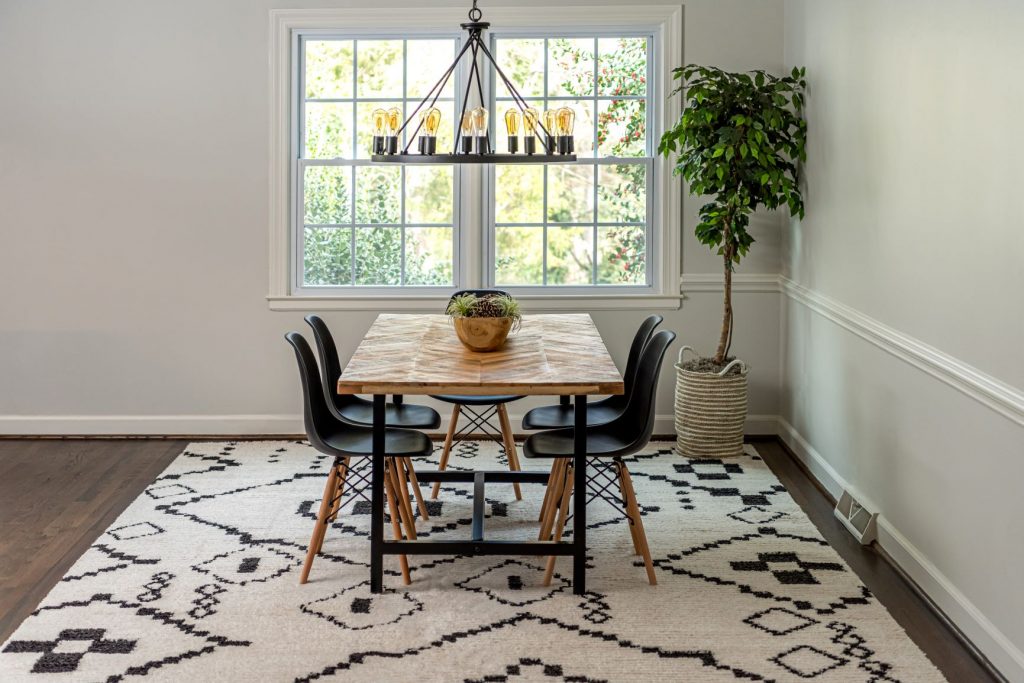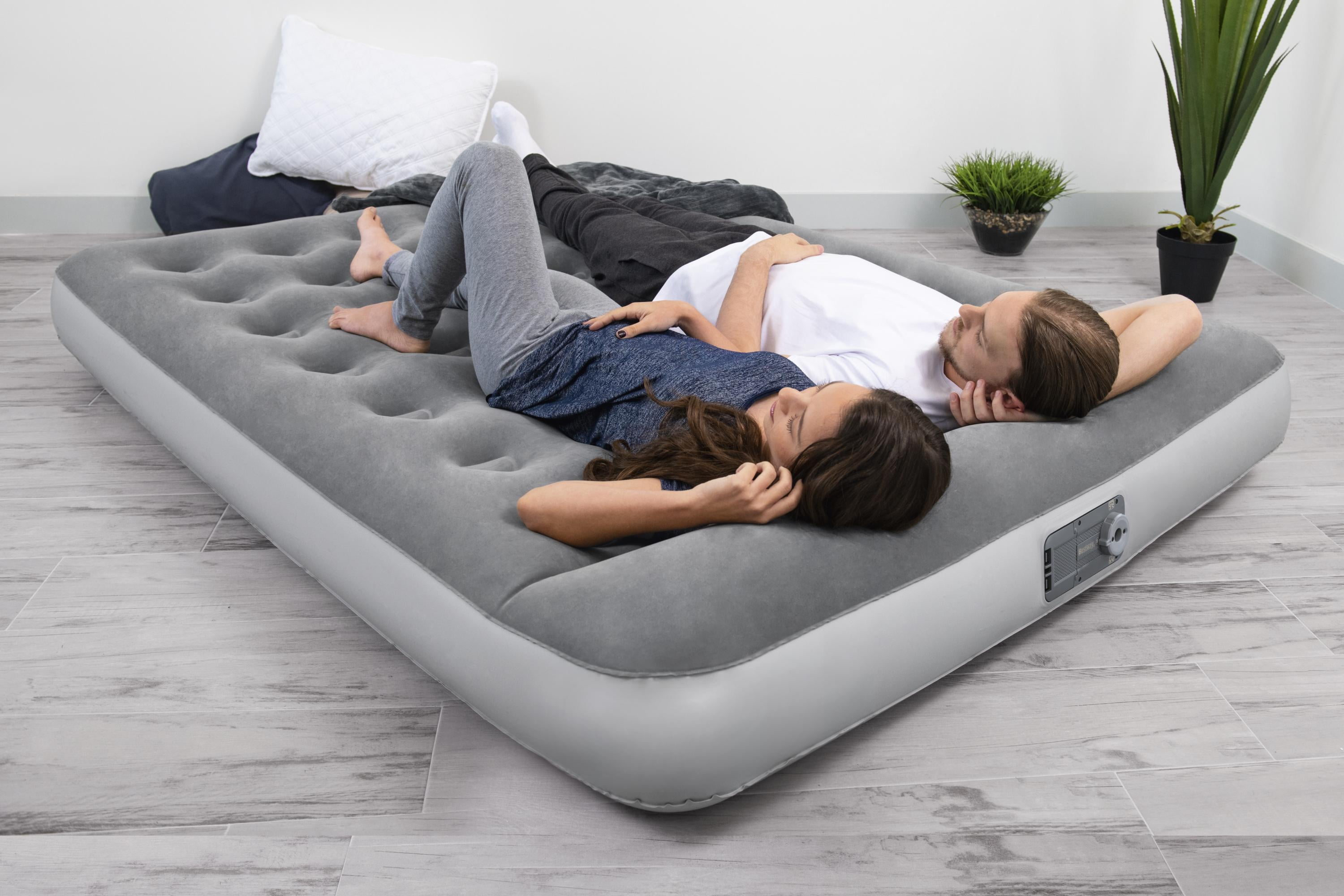When it comes to designing your dining room, one element that can really tie the space together is a well-chosen rug. A dining room rug not only adds warmth and texture to the room, but it also serves as a functional piece that can protect your floors and define the dining area. However, choosing the right dining room rug layout can be a challenge. To help you out, we've put together a list of ten dining room rug layout ideas that will elevate your space. Dining Room Rug Layout Ideas
Before we dive into specific layout ideas, it's important to understand the factors to consider when choosing a dining room rug layout. The size of your dining room, the shape of your dining table, and the overall style of your home are all important factors to keep in mind. It's also important to consider the amount of foot traffic in the room and whether you have pets or children who may cause spills. With these factors in mind, let's explore some dining room rug layout ideas that will work for any space. How to Choose the Right Dining Room Rug Layout
When arranging a dining room rug, it's important to consider the size and shape of your dining table. Ideally, the rug should extend at least 24 inches beyond the edges of the table on all sides. This will ensure that the chairs can still comfortably sit on the rug when pulled out. Additionally, the shape of your rug should match the shape of your table. For a round table, choose a round rug. For a rectangular table, choose a rectangular rug. Tips for Arranging a Dining Room Rug
For small dining rooms, a round rug can be a great option. Not only does it visually expand the space, but it also allows for more flexibility in seating arrangements. You can also try placing a runner rug under a rectangular table for a more elongated look. Another option is to place a large rug under the dining table and use a smaller accent rug in the seating area to add texture and dimension. Best Dining Room Rug Layouts for Small Spaces
If you have an open floor plan with your dining room connected to your living or kitchen area, it's important to consider the flow of the space when choosing a rug layout. A great option is to use a large rug that spans the entire space, with the dining table and chairs placed on one end. This will visually define the dining area and create a cozy atmosphere. You can also use different rugs in each area to define the separate spaces while still maintaining a cohesive look. Creative Dining Room Rug Layouts for Open Floor Plans
When it comes to choosing a dining room rug layout, there are a few common mistakes to avoid. Avoid choosing a rug that is too small for the space, as this can make the room feel disjointed and unbalanced. Additionally, avoid placing the rug too close to the walls, as this can make the room feel cramped. Make sure to leave at least 8 inches of space between the rug and the walls for a balanced look. Common Mistakes to Avoid When Choosing a Dining Room Rug Layout
Proper measurement is key when it comes to choosing the right dining room rug layout. To measure for a rectangular rug, simply add 24 inches to the length and width of your dining table. For a round rug, measure the diameter of your table and add 24 inches. If you have a non-standard shaped table, use masking tape to outline the desired rug size on the floor to get a better visual idea of the layout. How to Measure for a Dining Room Rug Layout
As mentioned before, the shape of your dining table should match the shape of your rug. For a rectangular table, a rectangular or oval rug works best. For a square table, a square or round rug can be used. If you have a round table, a round rug is the best option. However, if you have a larger round table, you can also try a square rug to create a more unique and dynamic look. Dining Room Rug Layouts for Different Table Shapes
If you already have a dining room layout that you love, but want to incorporate a rug, there are a few ways to do so seamlessly. One option is to place a rug under the dining table and extend it to the seating area, creating a cohesive look. You can also use a rug as a statement piece by placing it under the table and centering it in the room, allowing it to be the focal point. How to Incorporate a Dining Room Rug into Your Existing Layout
Still not sure which dining room rug layout is right for you? Take inspiration from real homes and see how they've incorporated rugs into their dining room layouts. You can browse through interior design magazines or websites such as Pinterest and Houzz for ideas. You can also visit furniture stores or home decor shops to see how they've styled their dining room displays with rugs. Seeing how others have arranged their rugs can give you a better idea of what will work best in your own space. Dining Room Rug Layout Inspiration from Real Homes
Dining Room Rug Layout: Creating a Cozy and Functional Space
/choose-dining-room-rug-1391112-hero-4206622634654a6287cc0aff928c1fa1.jpg)
Importance of a Dining Room Rug
:max_bytes(150000):strip_icc()/DiningRoomwithRug-3034f93d3a964cc8b9ba8b690bebddfb.jpg) A dining room rug not only adds a touch of style and warmth to your space, but it also serves a functional purpose. It defines the dining area and anchors the table and chairs, creating a cohesive and inviting space for meals and gatherings. However, choosing the right rug and laying it out correctly can be a daunting task for many homeowners. With the right tips and tricks, you can easily design your dining room rug layout to achieve both comfort and functionality.
A dining room rug not only adds a touch of style and warmth to your space, but it also serves a functional purpose. It defines the dining area and anchors the table and chairs, creating a cohesive and inviting space for meals and gatherings. However, choosing the right rug and laying it out correctly can be a daunting task for many homeowners. With the right tips and tricks, you can easily design your dining room rug layout to achieve both comfort and functionality.
Consider the Size and Shape
 Size and shape
are crucial factors to consider when selecting a rug for your dining room. The rug should be large enough to accommodate the table and chairs, even when they are pulled out. A good rule of thumb is to leave at least 24 inches of space around the table to allow enough room for movement and pulling out chairs. In terms of shape, rectangular or square rugs work well with most dining tables, while round rugs can soften the sharp corners of a rectangular table.
Size and shape
are crucial factors to consider when selecting a rug for your dining room. The rug should be large enough to accommodate the table and chairs, even when they are pulled out. A good rule of thumb is to leave at least 24 inches of space around the table to allow enough room for movement and pulling out chairs. In terms of shape, rectangular or square rugs work well with most dining tables, while round rugs can soften the sharp corners of a rectangular table.
Choose the Right Material
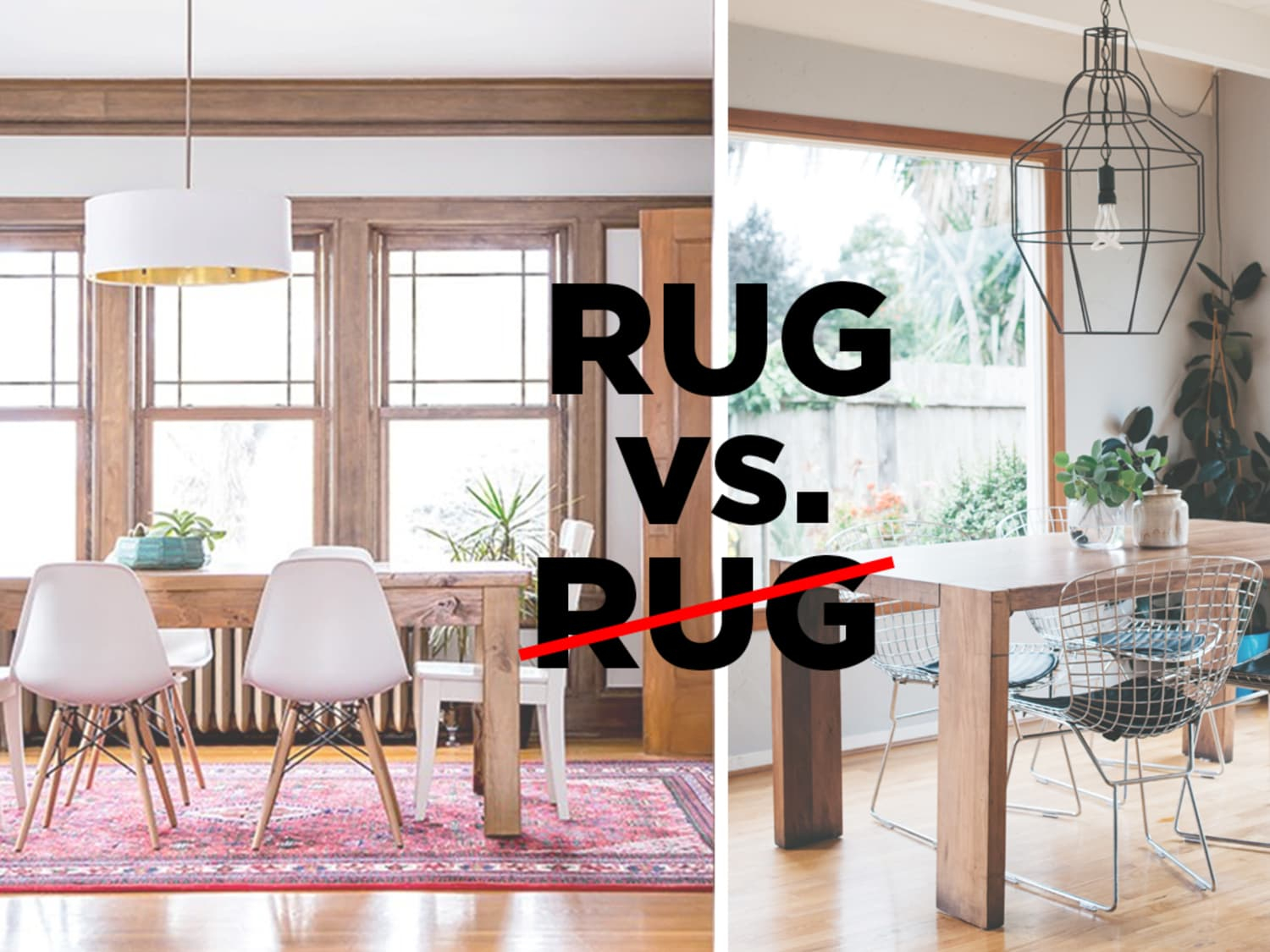 When it comes to dining room rugs,
material
is just as important as size and shape. You want a rug that can withstand the spills and stains that often occur in this high-traffic area. Opt for durable and easy-to-clean materials such as wool, polypropylene, or natural fibers like jute or sisal. These materials are not only stain-resistant but also add texture and warmth to the space. Avoid delicate materials like silk or viscose, which may not hold up well in a dining room setting.
When it comes to dining room rugs,
material
is just as important as size and shape. You want a rug that can withstand the spills and stains that often occur in this high-traffic area. Opt for durable and easy-to-clean materials such as wool, polypropylene, or natural fibers like jute or sisal. These materials are not only stain-resistant but also add texture and warmth to the space. Avoid delicate materials like silk or viscose, which may not hold up well in a dining room setting.
Layout Options for Different Table Shapes
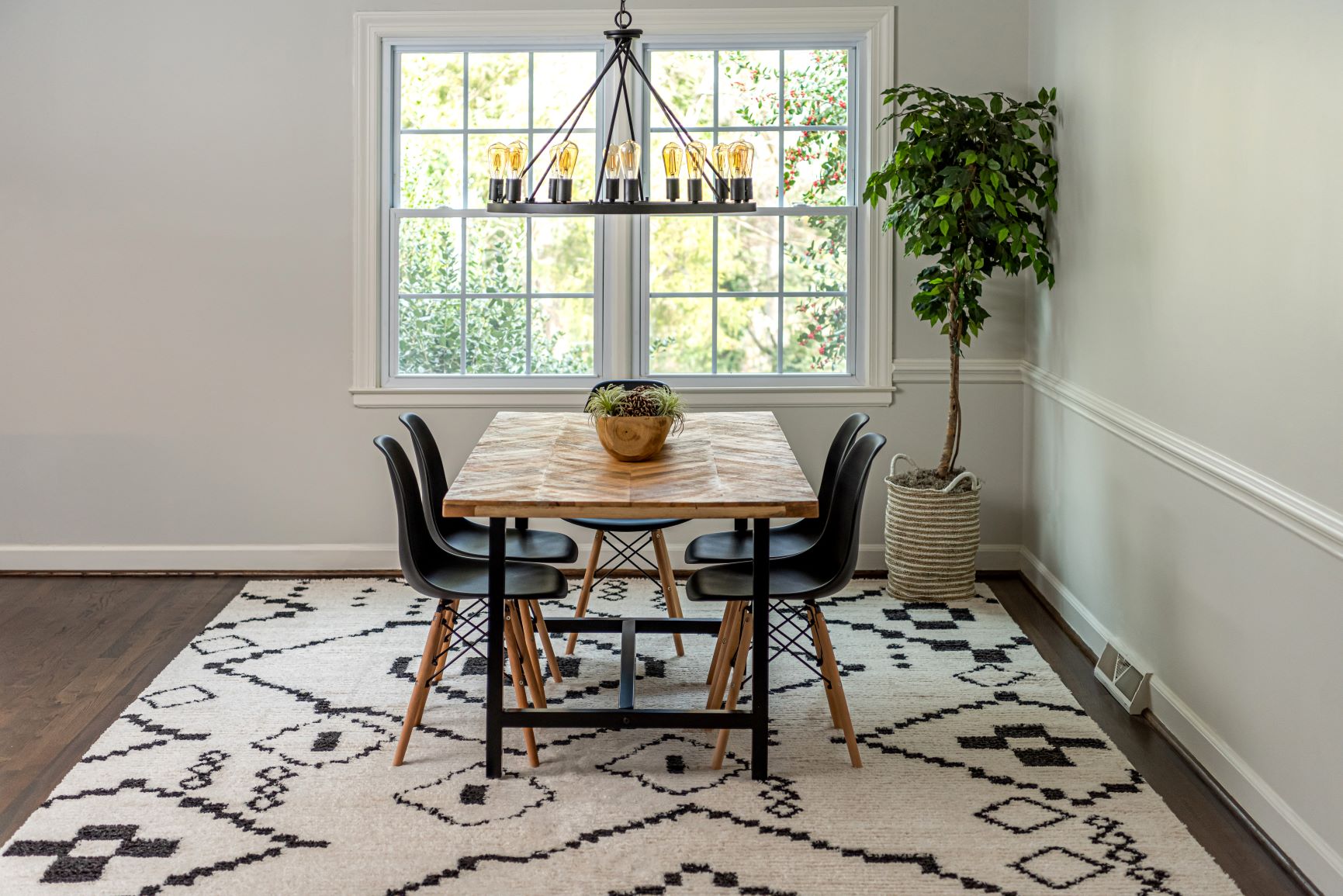 The layout of your dining room rug will also depend on the shape of your table. For a
rectangular
table, the rug should be placed parallel to the table and extend beyond the chairs. This creates a visual flow and allows enough room for the chairs to be pulled out without slipping off the rug. For a
round
table, the rug should also be round and extend beyond the chairs. This creates a cozy and intimate setting.
The layout of your dining room rug will also depend on the shape of your table. For a
rectangular
table, the rug should be placed parallel to the table and extend beyond the chairs. This creates a visual flow and allows enough room for the chairs to be pulled out without slipping off the rug. For a
round
table, the rug should also be round and extend beyond the chairs. This creates a cozy and intimate setting.
Final Touches
 Once you have chosen the perfect rug and laid it out according to the shape of your table, add some final touches to complete the look. A rug pad is essential to prevent the rug from sliding and provide cushioning underfoot. You can also layer a smaller rug on top of a larger one to add dimension and pops of color to the space. And don't forget to regularly clean and maintain your rug to keep it looking its best.
In conclusion, a well-chosen and properly laid out dining room rug can transform your space into a cozy and functional area for meals and gatherings. Consider the size, shape, and material of the rug, and choose a layout that complements your table shape. With these tips, you can create a stylish and inviting dining room that your family and guests will love.
Once you have chosen the perfect rug and laid it out according to the shape of your table, add some final touches to complete the look. A rug pad is essential to prevent the rug from sliding and provide cushioning underfoot. You can also layer a smaller rug on top of a larger one to add dimension and pops of color to the space. And don't forget to regularly clean and maintain your rug to keep it looking its best.
In conclusion, a well-chosen and properly laid out dining room rug can transform your space into a cozy and functional area for meals and gatherings. Consider the size, shape, and material of the rug, and choose a layout that complements your table shape. With these tips, you can create a stylish and inviting dining room that your family and guests will love.
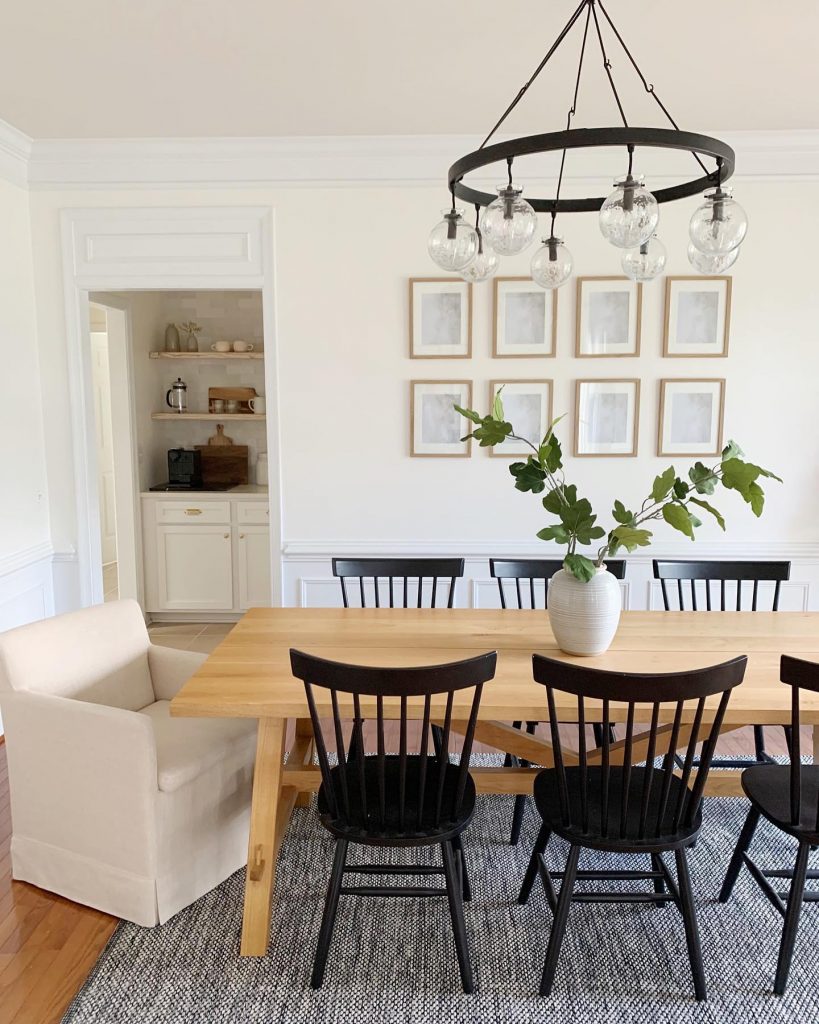


:max_bytes(150000):strip_icc()/choose-dining-room-rug-1391112-hero-4206622634654a6287cc0aff928c1fa1.jpg)



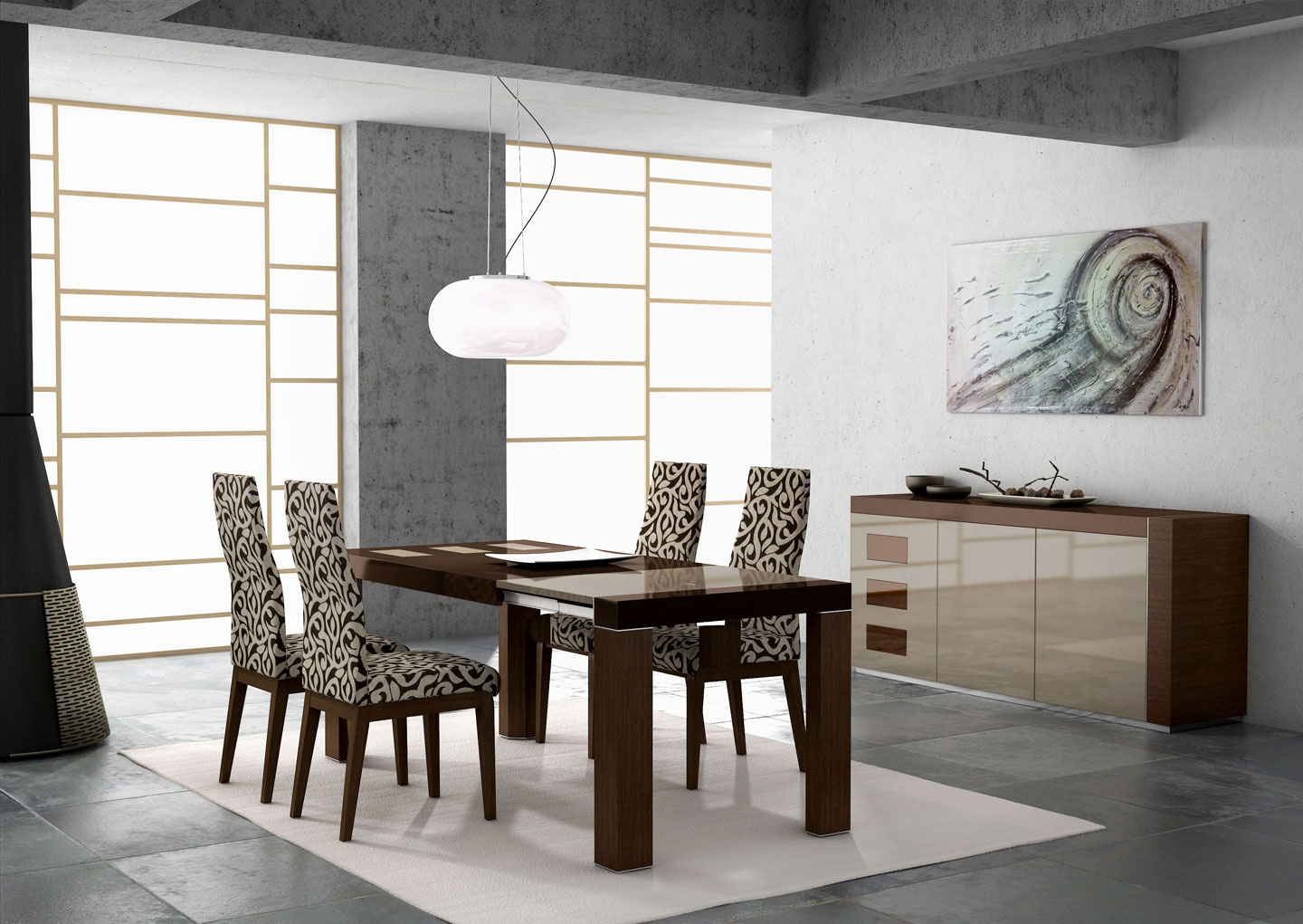
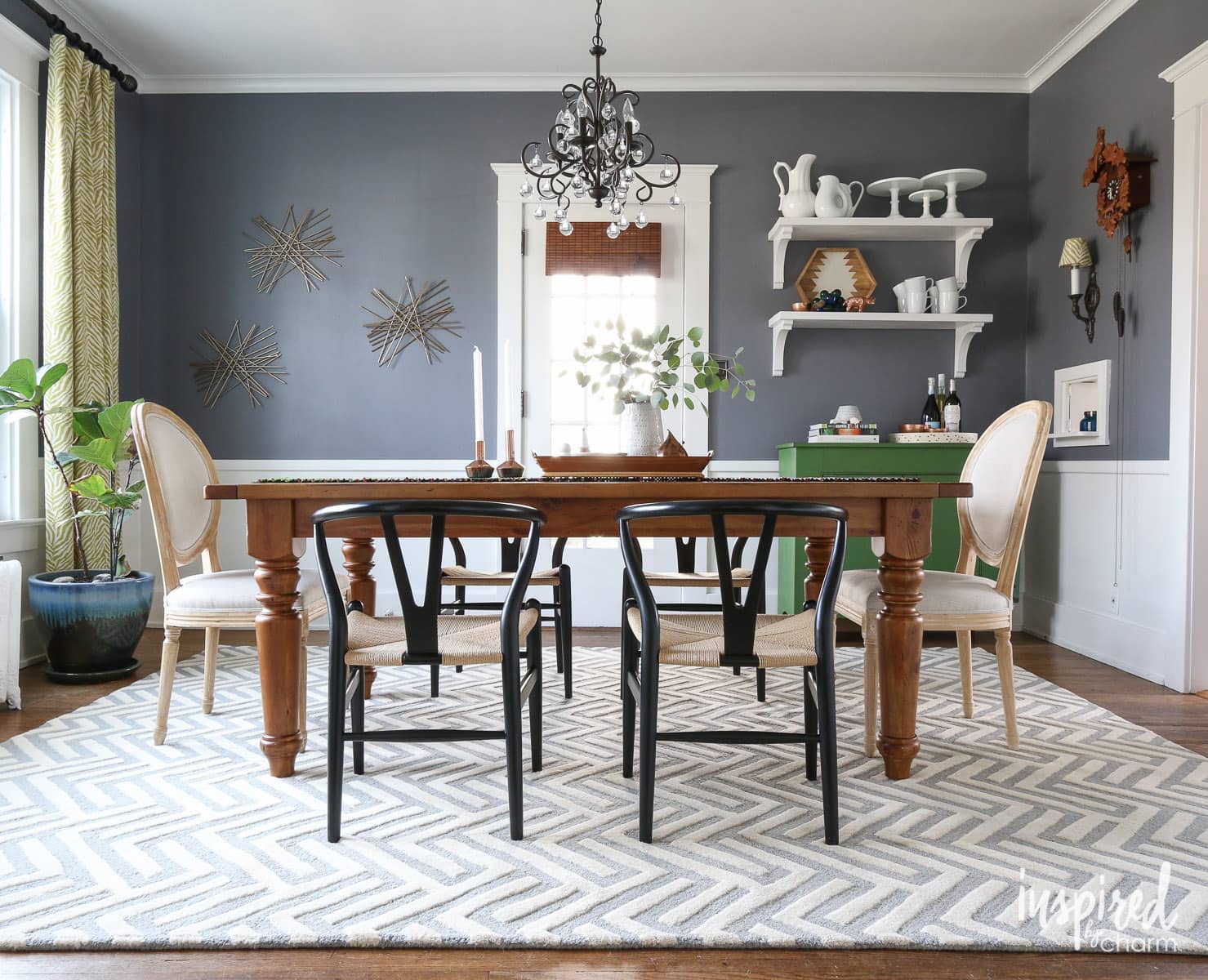


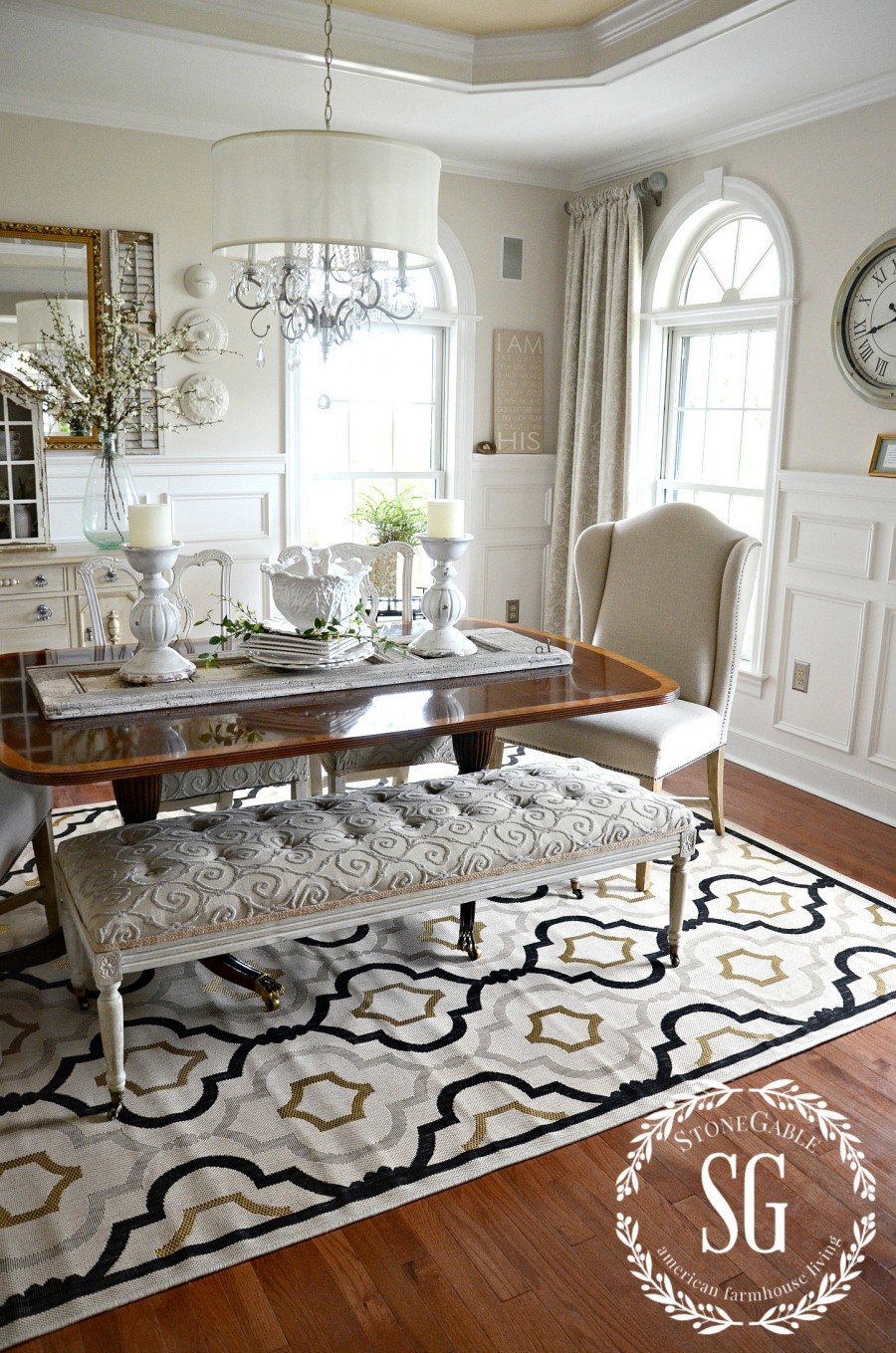
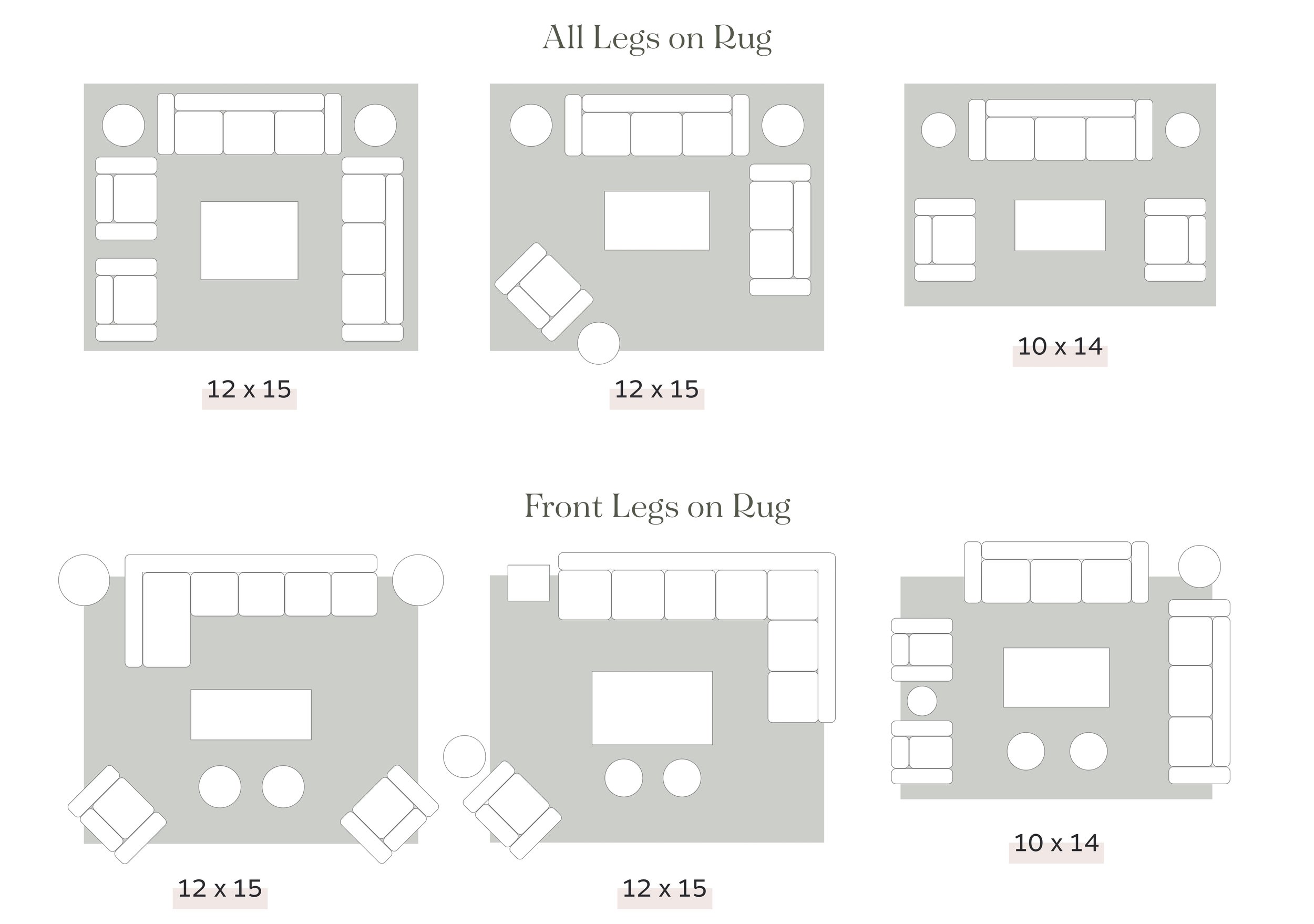
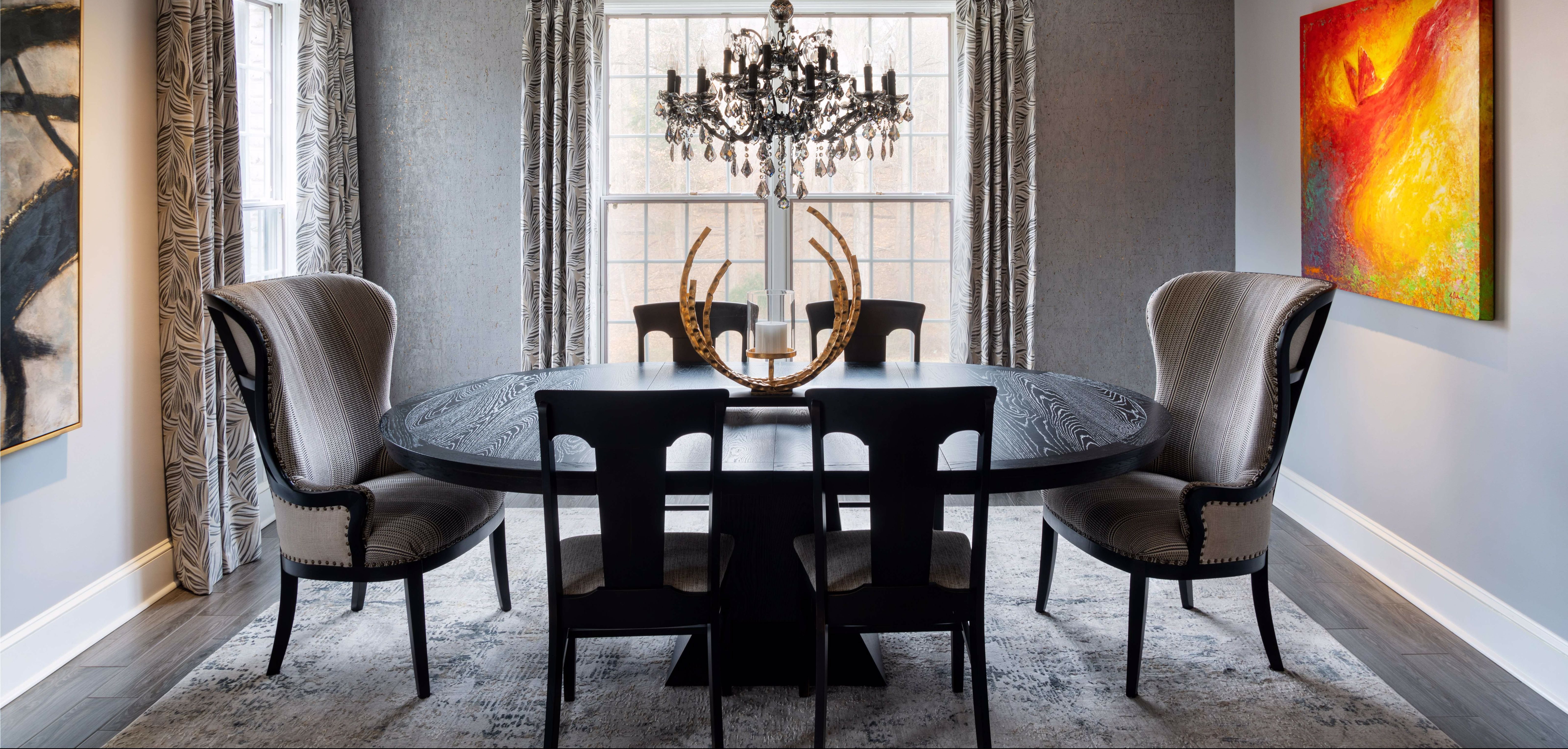

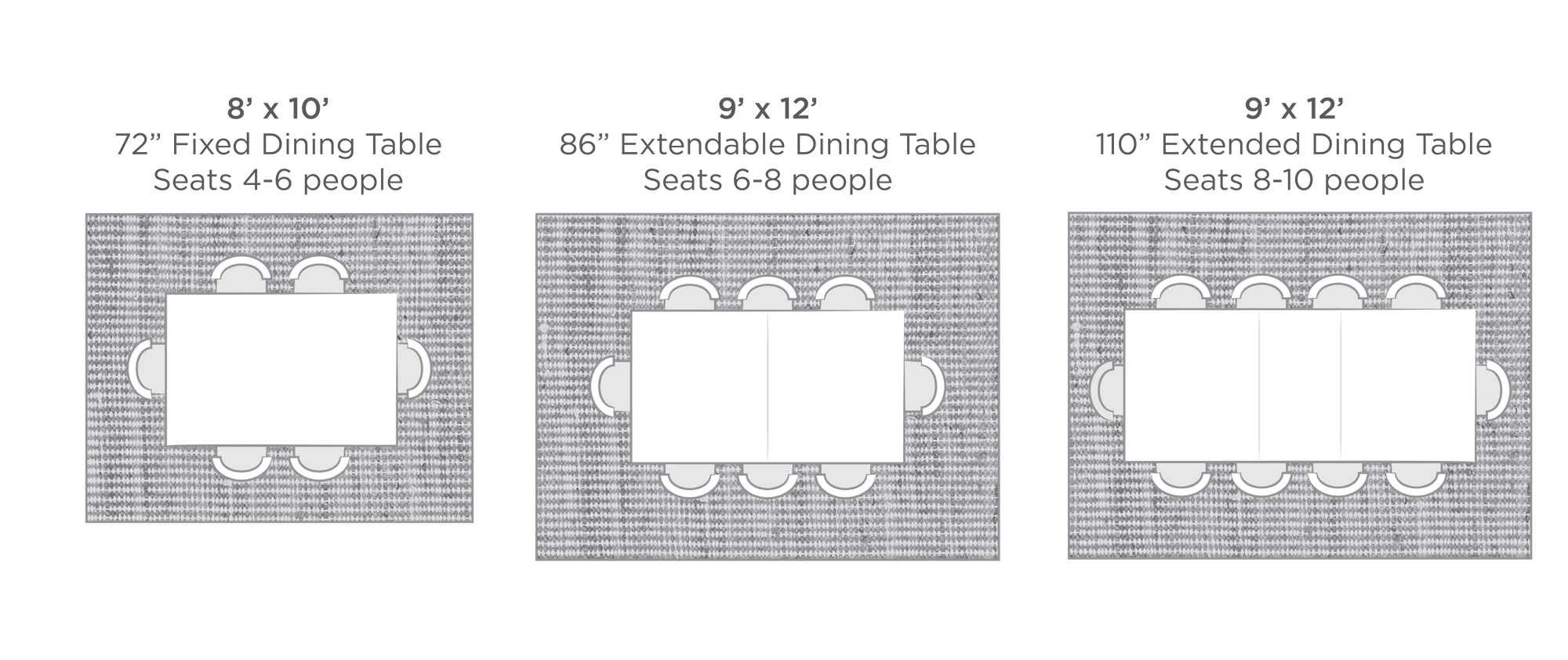

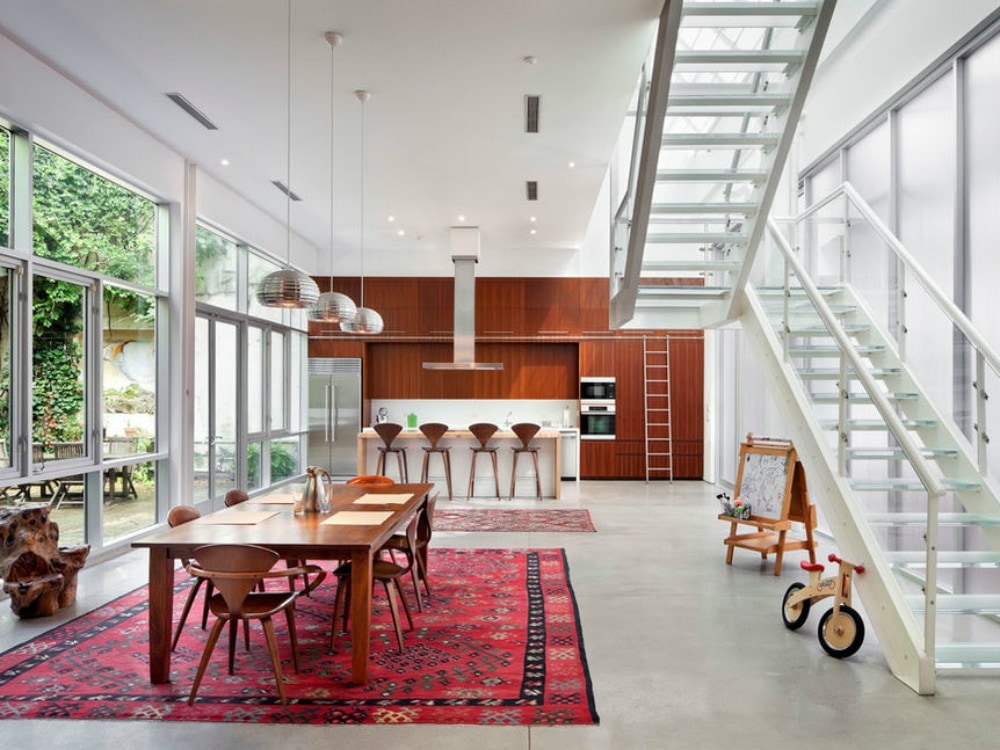


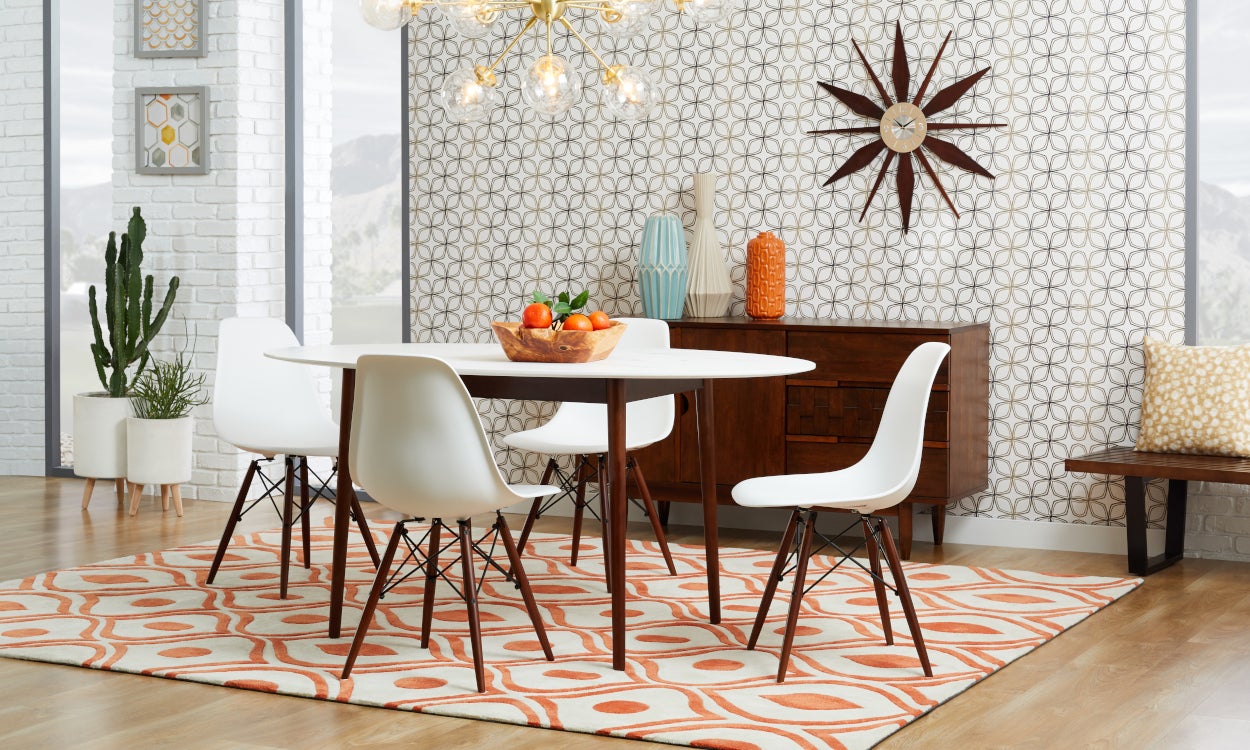
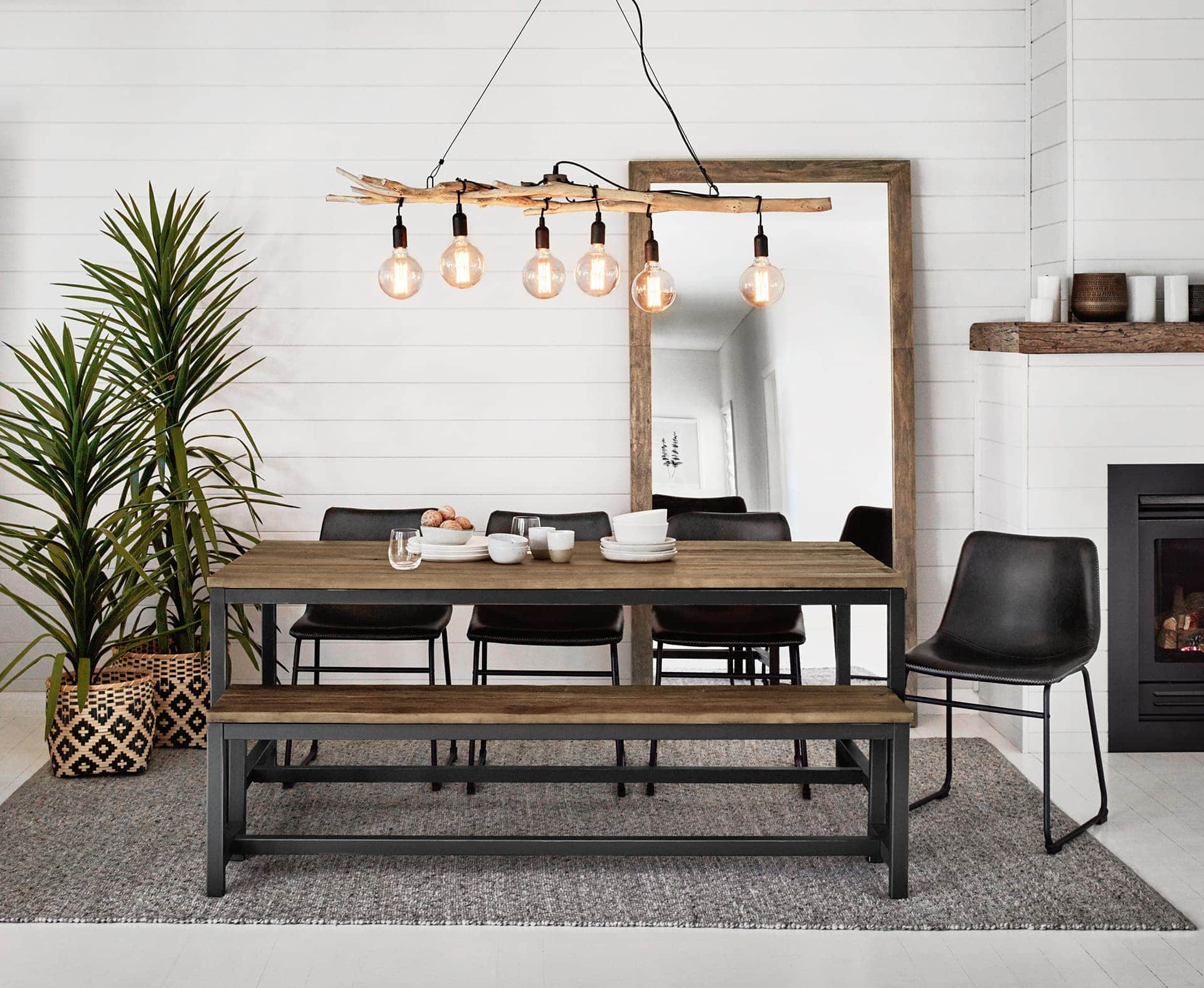
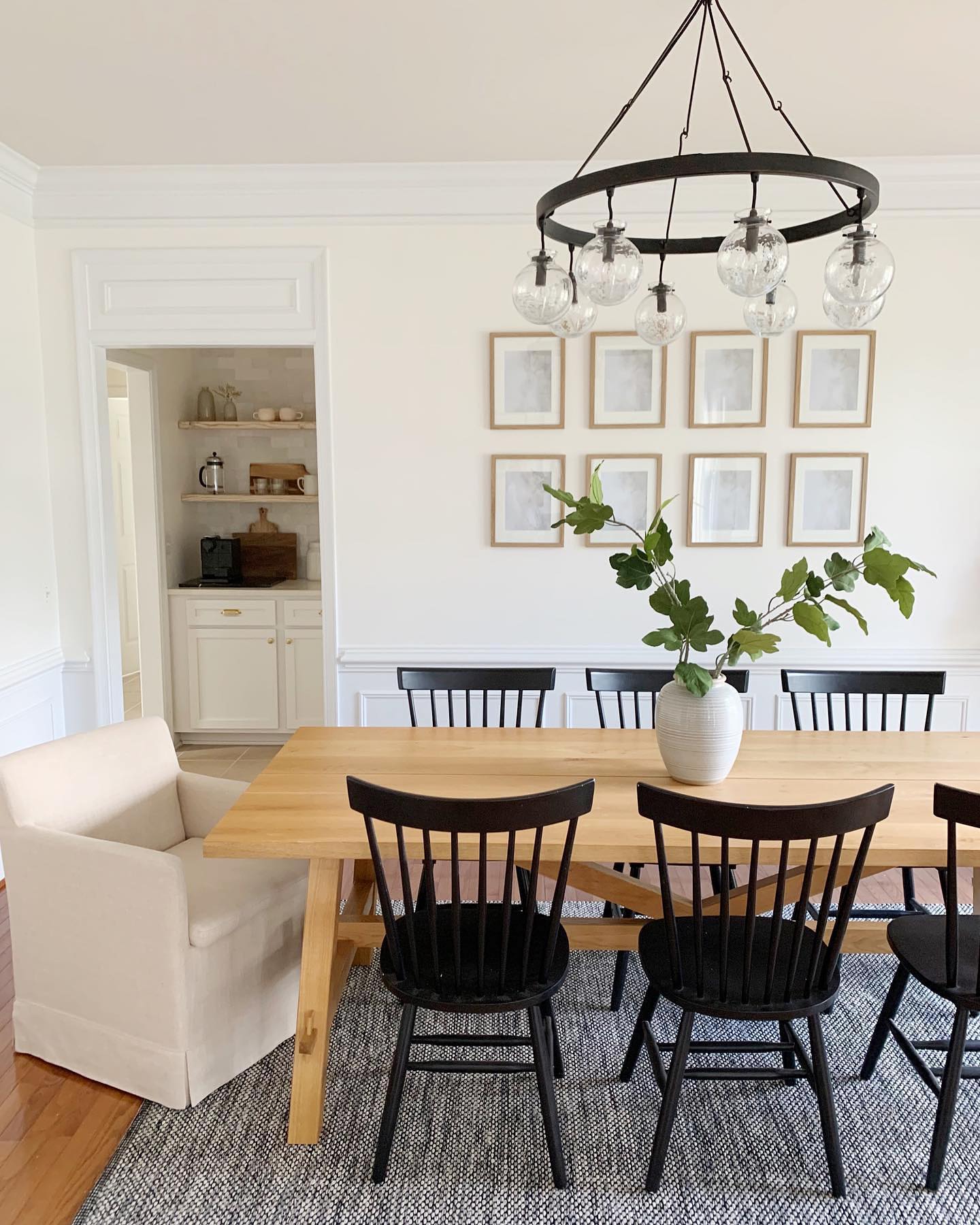


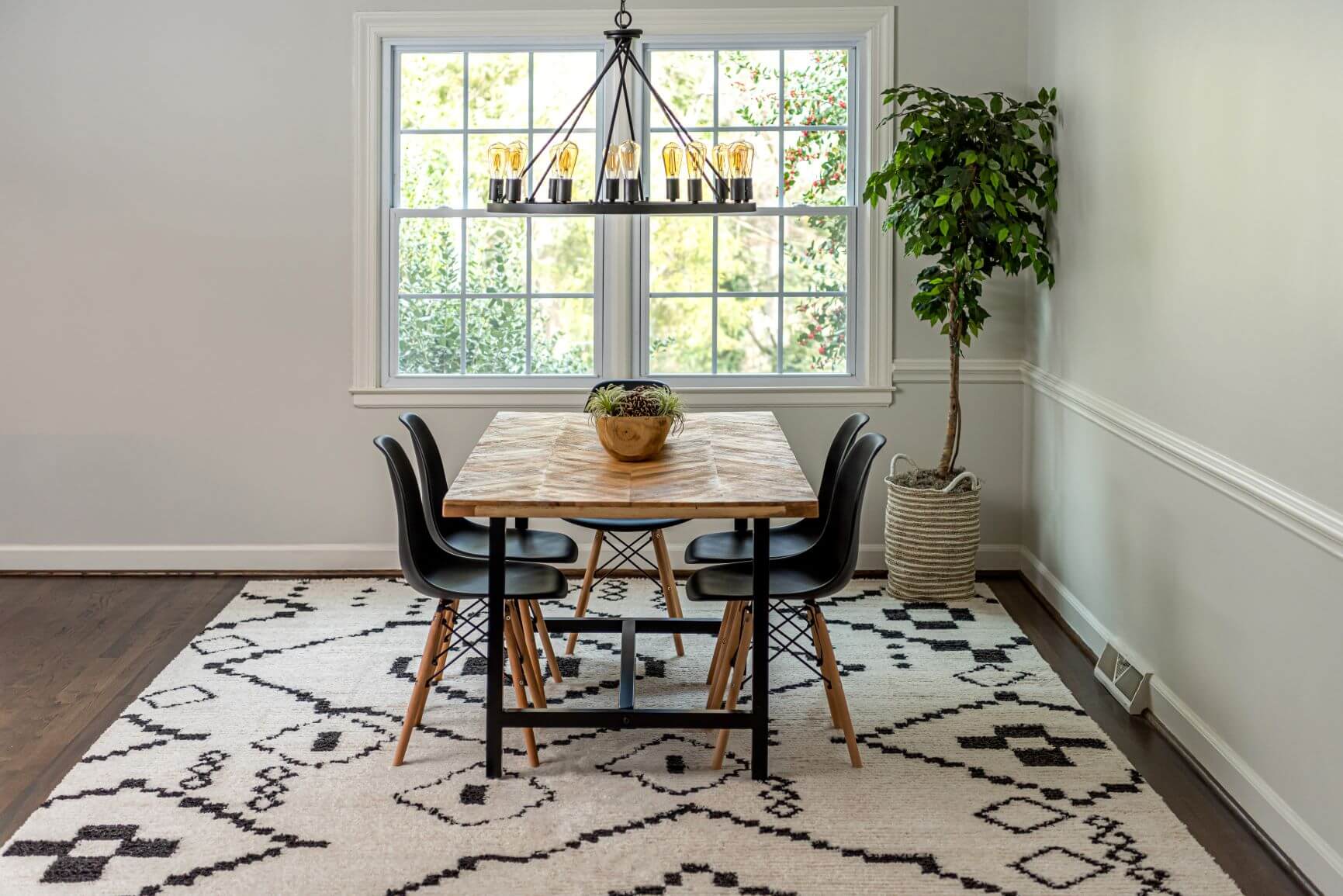

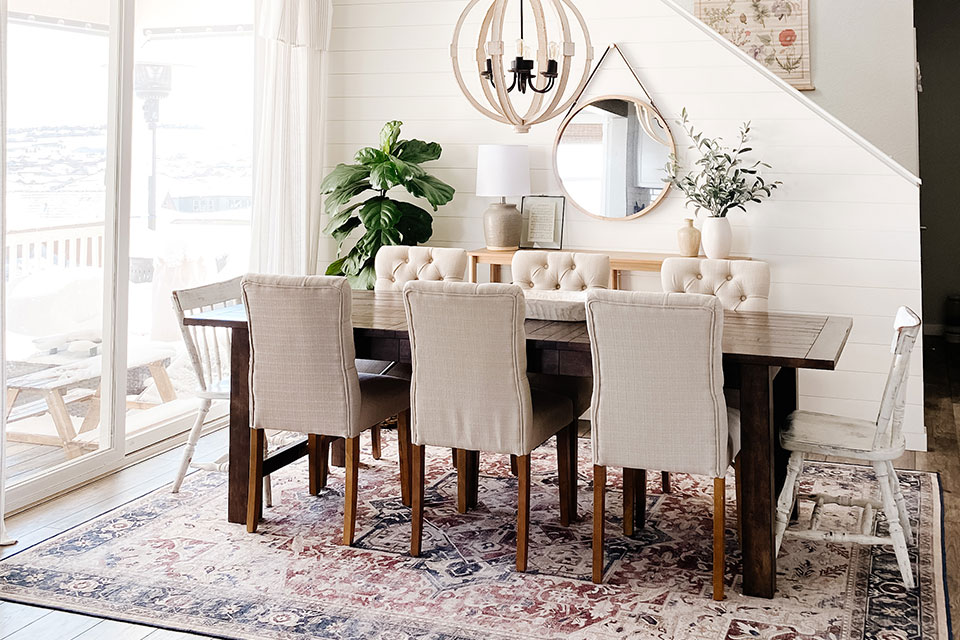

:max_bytes(150000):strip_icc()/best-rug-size-for-living-room-sectional-7152758-748d764d4a6e45938c2bec821930b231.png)

